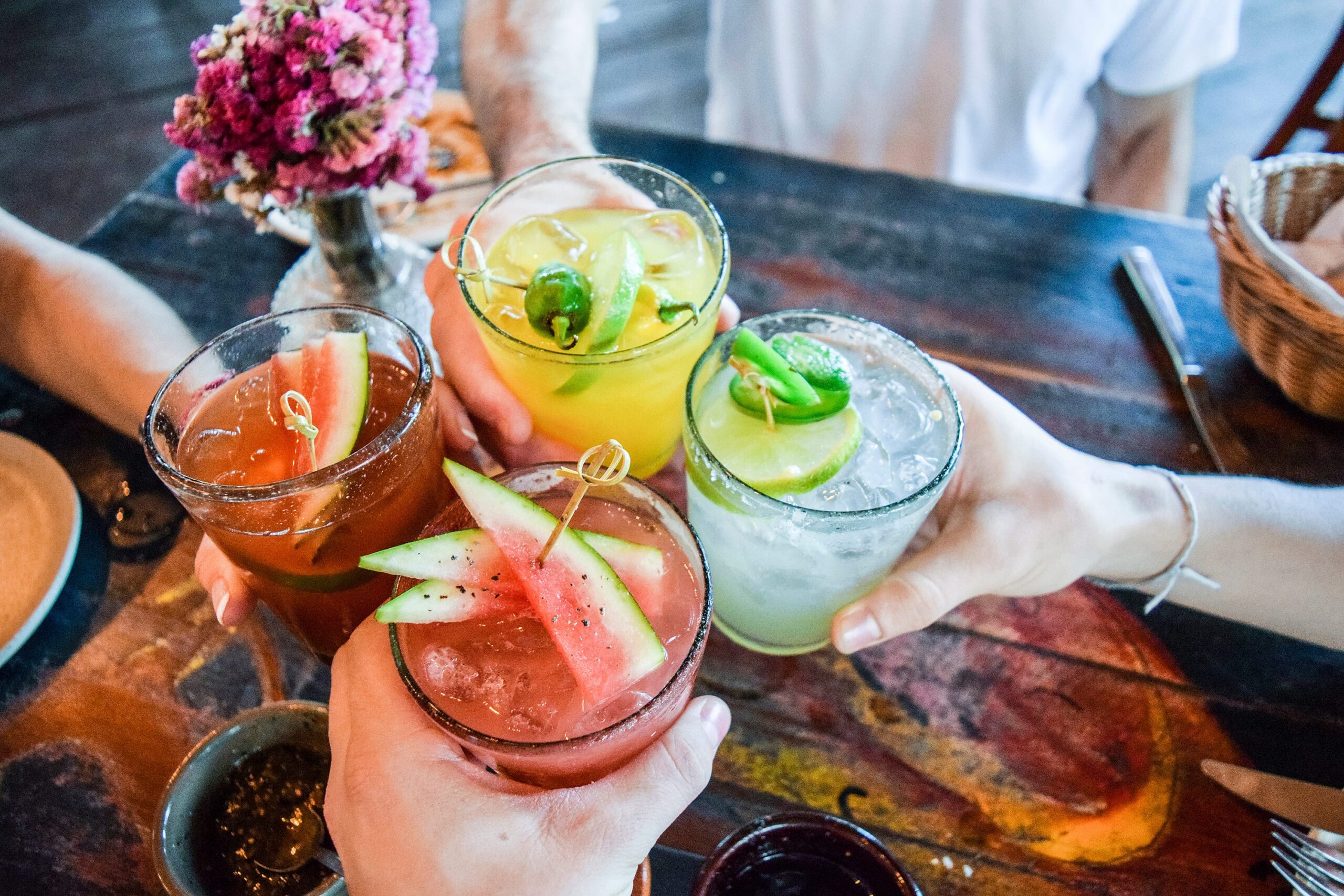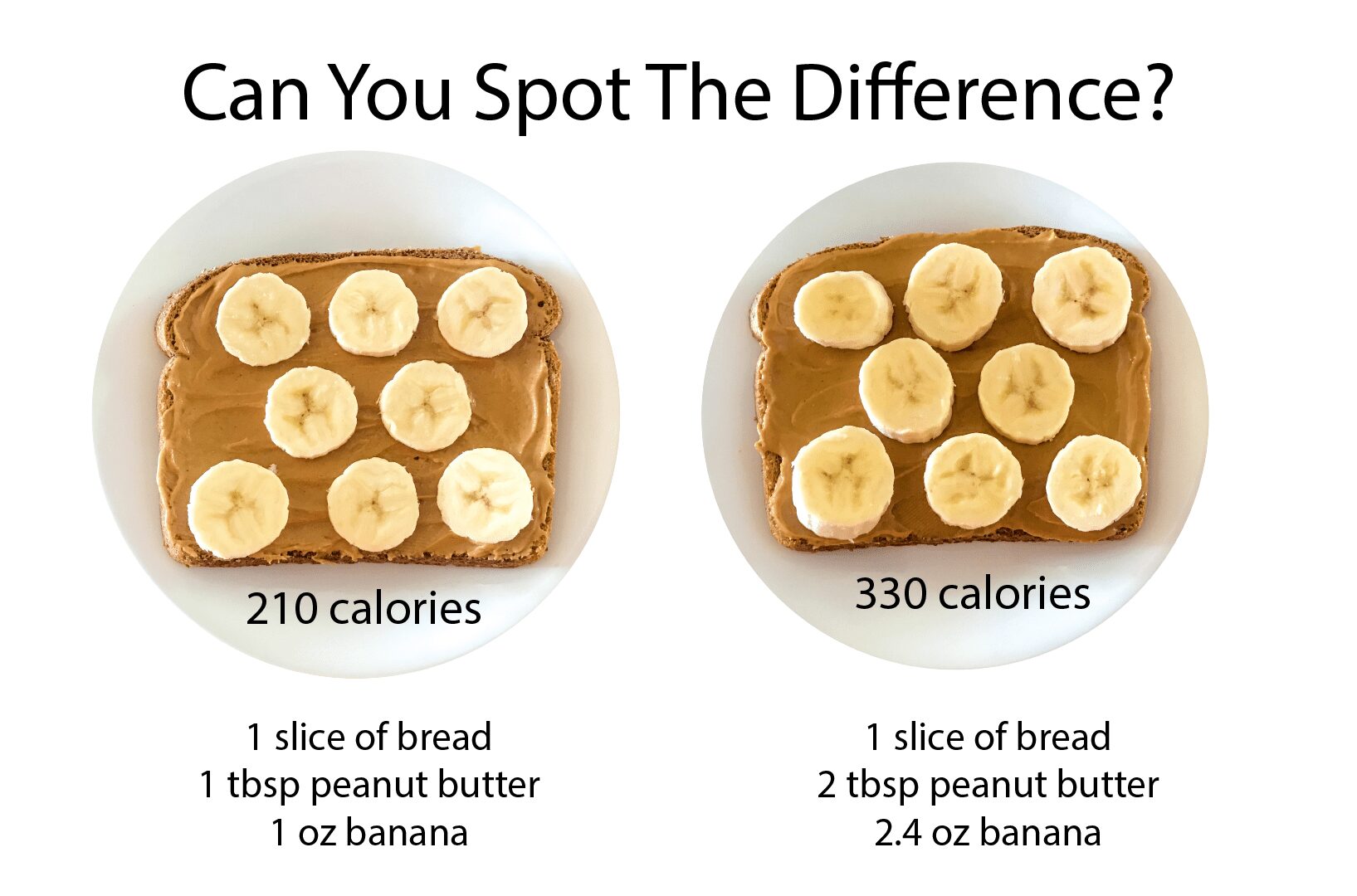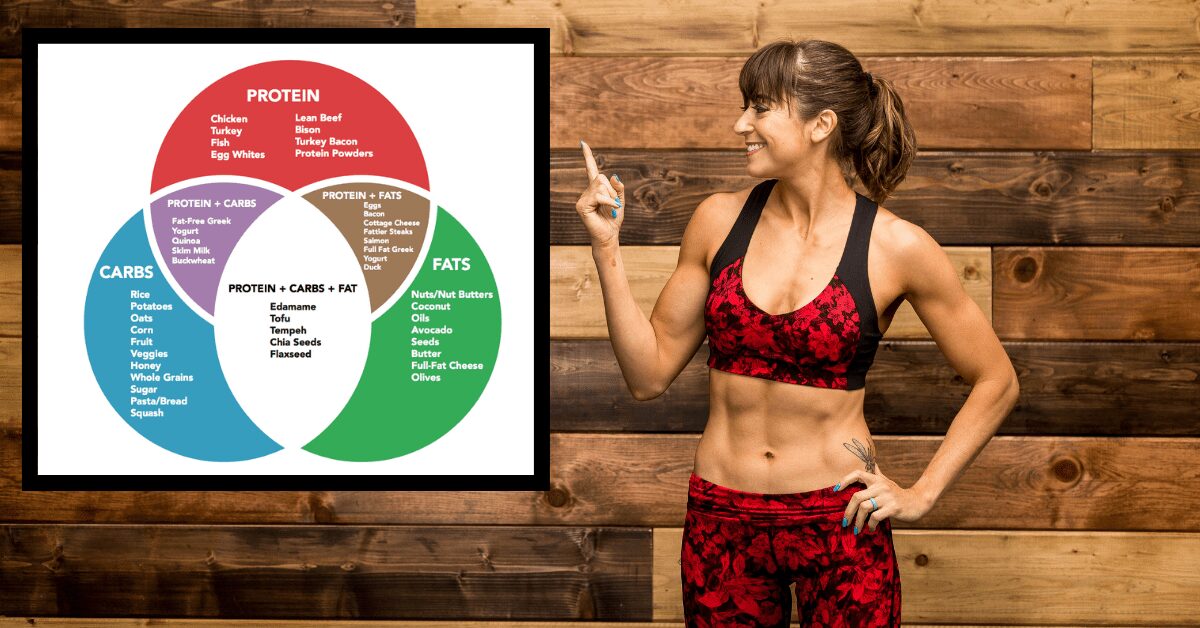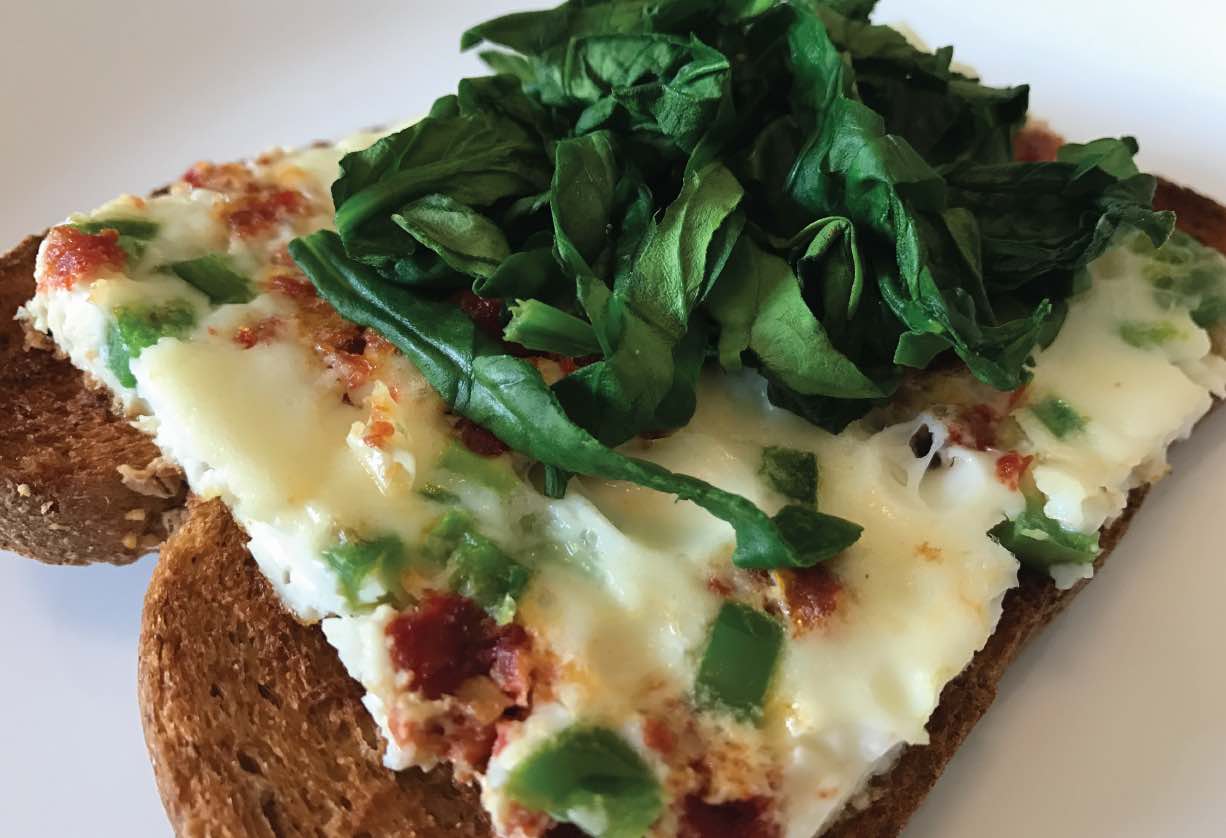
by Cori Lefkowith | Mar 26, 2019 | Blog, Diet
I get asked a ton about ALCOHOL. (PLEASE NOTE….this is of course a discussion about “healthy” overall alcohol intake and a “healthy” relationship to drinking so if discussing alcohol is a trigger, please ignore this post and know I will love...

by Cori Lefkowith | Feb 25, 2019 | Blog, Diet
There legit looks like there is absolutely no difference between these two images above. I mean maybe if you look really closely you can see the peanut butter is spread thinner on one…or the bananas are cut a bit thicker. But if you were making this for yourself, you...

by Cori Lefkowith | Jan 15, 2019 | Blog, Diet
MACROS – You may have heard this word recently when someone mentioned a new diet they were starting. But what the heck are macros and how do you “hit” or “fit” something into them? I wanted to give you a little “cheat sheet”...

by Cori Lefkowith | Sep 10, 2018 | Blog, Recipes
Whether your a vegetarian, or just not that huge a fan of chicken or meat in general, you can still get in your protein AND lots of vegetables. Eggs, or even egg whites if you want something a little lower fat to hit your macros, are a great source of protein! So if...

by Cori Lefkowith | Jul 23, 2018 | Blog, Diet, featured
We hear all the time… “It’s not a diet. It’s a lifestyle!” But let’s face it…With anything where we can’t just do whatever we want, whenever we want, we are going to have some “slip ups.” We are going to wake...






